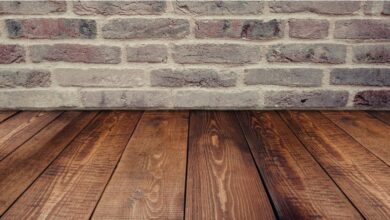Why Your Office Layout Isn’t Currently Conducive to a Productive Environment

Is your office setup a boon or a bane to your team’s productivity? If it mirrors many of today’s workspaces, it might be more of a hindrance. Therefore, comprehending the transformation of office designs and their influence on productivity becomes indispensable for every business proprietor or office manager.
The Progression of Office Layouts
In bygone times, offices were characterised by secluded spaces for senior employees and open bullpen zones for the administrative staff. This arrangement was plain sailing but often led to a dearth of communication and collaboration. By the heart of the 20th century, the open-plan office ascended to prominence. The objective was to nurture interaction, amplify teamwork, and augment space efficiency.
Nonetheless, the actuality has been equivocal. Open-plan offices, while fostering unscheduled collaboration, frequently overlook individual work styles and the requisite for focused, interruption-free spaces. Research indicates that noise and compromised privacy in such offices are culprits in dwindling employee satisfaction and productivity.
The Imperative for Reassessment
With the shortcomings of open-plan designs growing ever more conspicuous, there is a pressing need for organisations to reassess their office planning strategies. Here are several pragmatic suggestions to sculpt a more kinetic and productive workspace:
- Incorporating Adjustable Spaces
Integrating adaptable spaces can be a potent weapon in boosting productivity. This comprises creating zones that can smoothly transition to accommodate diverse tasks. Breakout rooms, for instance, can double as collective spaces for team confabs or tranquil areas for solo work. Such flexibility, with the help of BY Projects Architecture, enables employees to opt for environments that align with the task at hand, thereby alleviating stress and amplifying output.
- Harnessing Technology
Employing intelligent office technology can dramatically enhance your workspace’s functionality. Digital booking systems for conference rooms, adaptable lighting, and climate control can elevate comfort and efficiency. Equally, assimilating remote work facilities ensures employees maintain productivity regardless of their geographical placement.
- Implementing Acoustic Solutions
Unwanted noise ranks high among open-plan office detriments. Investing in sound-damping materials like acoustic panels and carpets can combat this issue. Designating quiet areas for concentrated work can endow employees with the serenity they need for productivity.
- Prioritising Employee Well-Being in Design
Employee wellbeing deserves paramount importance in office layout design. Elements such as natural light, ergonomic furniture, and relaxation zones contribute to a healthier, more content workforce. Biophilic design, incorporating natural elements like foliage and water features, has been proven to uplift mood and diminish stress.
- Engaging Professional Expertise
While these propositions provide a robust foundation, soliciting the expertise of an architect or workspace designer can catapult your office environment to exceptional heights. Professionals can offer bespoke solutions that resonate with your business objectives and employee requirements, culminating in a workspace that’s both practical and inspiring.
In Summary
Your office design holds an instrumental role in moulding employee productivity and overall gratification. By reevaluating and revising your office layout to embody adjustable spaces, innovative technology, and thoughtful design components, you can cultivate an environment that propels your team’s best work.



